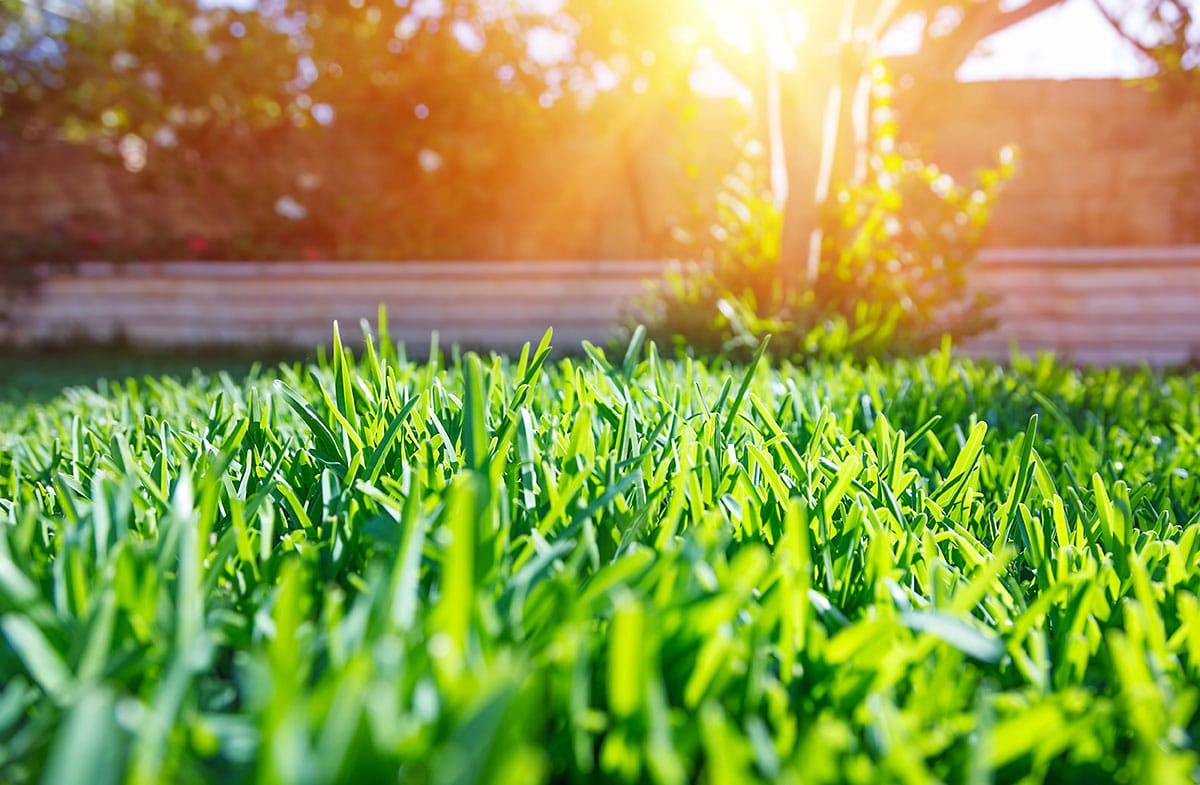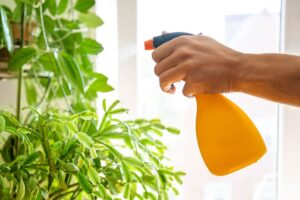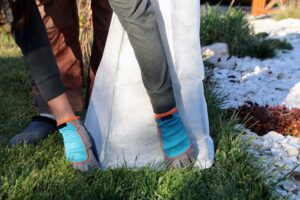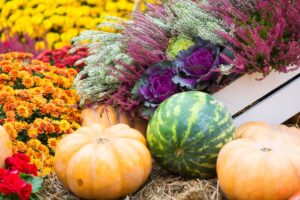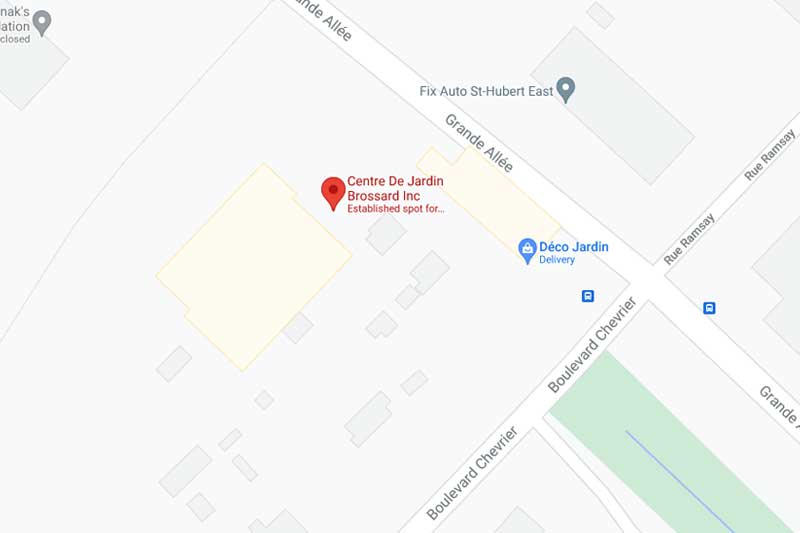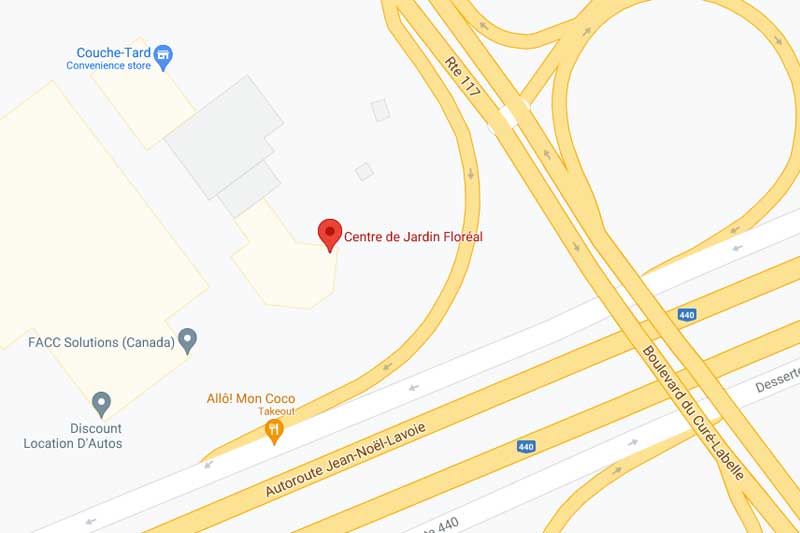What a pleasure it is when the snow melts to find a bit of greenery. If you want to take full advantage of your lawn this summer, it is necessary to take care of it as soon as the warm weather returns. When your lawn is dry, use a leaf rake to get rid of the debris left over from the winter: branches, rocks, dead grass, leaves, etc. Take this opportunity to add a thin layer of soil and grass seeds to your lawn to make it stronger and more resistant to insects and weeds.
Fertilization: lawn food
Fertilization should be done during the lawn’s active growth period. It is therefore recommended to fertilize in the spring, in the summer while also avoiding periods of high heat when the plant is going through a dormant phase, and in the fall.
It is important to choose the right fertilizer and apply it at the right time. Applying more than the recommended dose won’t do any good, neither to the lawn which will not be able to absorb the excess and may even burn, nor to the environment which will have to collect the overload. Respect the labels and recommendations of the manufactures and your store professionals.
Your lawn does not need a large dose of phosphorus, and since phosphorus is sometimes involved in the pollution of waterways, choose a phosphorus free fertilizer, or one with a low content, meaning less than 3%. The numbers on the bag of fertilizer tell you its composition in percentage: Nitrogen (N), Phosphorus (P) and Potassium (K). This is universal, for all types of fertilizers, regardless of the brand or supplier.
Fertilizing in 3 or 4 steps
Many suppliers offer 3 or 4 step lawn fertilization programs. Whatever you choose, the principle remains the same: provide the plant with the nutrients it needs to reach its maximum potential.
In the spring, when the soil reaches about 10 degrees Celsius, is the time to do your first fertilization. It’s very important because it will give your lawn its first boost. Choose a nitrogen-rich fertilizer with a good percentage of slow-release nitrogen for optimal nutrient absorption.
If you do a 4-steps program in late spring, around June you could do a second fertilization, again with a nitrogen-rich fertilizer.
In the summer, in late June or early July, before the heat waves, choose a slow release fertilizer rich in nitrogen to help your lawn defend itself against drought. Don’t wait for your lawn to go dormant or it won’t be able to absorb the fertilizer you give it.
In the fall, before the first frost, it’s time for your last fertilization of the year. This time, we suggest a fertilizer with a high potassium content that will give your lawn the strength it needs to face the harsh winter ahead. This last fertilization will also promote a better recovery next spring.
By following these few basic rules, you will have a beautiful green and thick lawn that will welcome your family picnics and your children’s next soccer game with great pleasure! Have a great summer!

